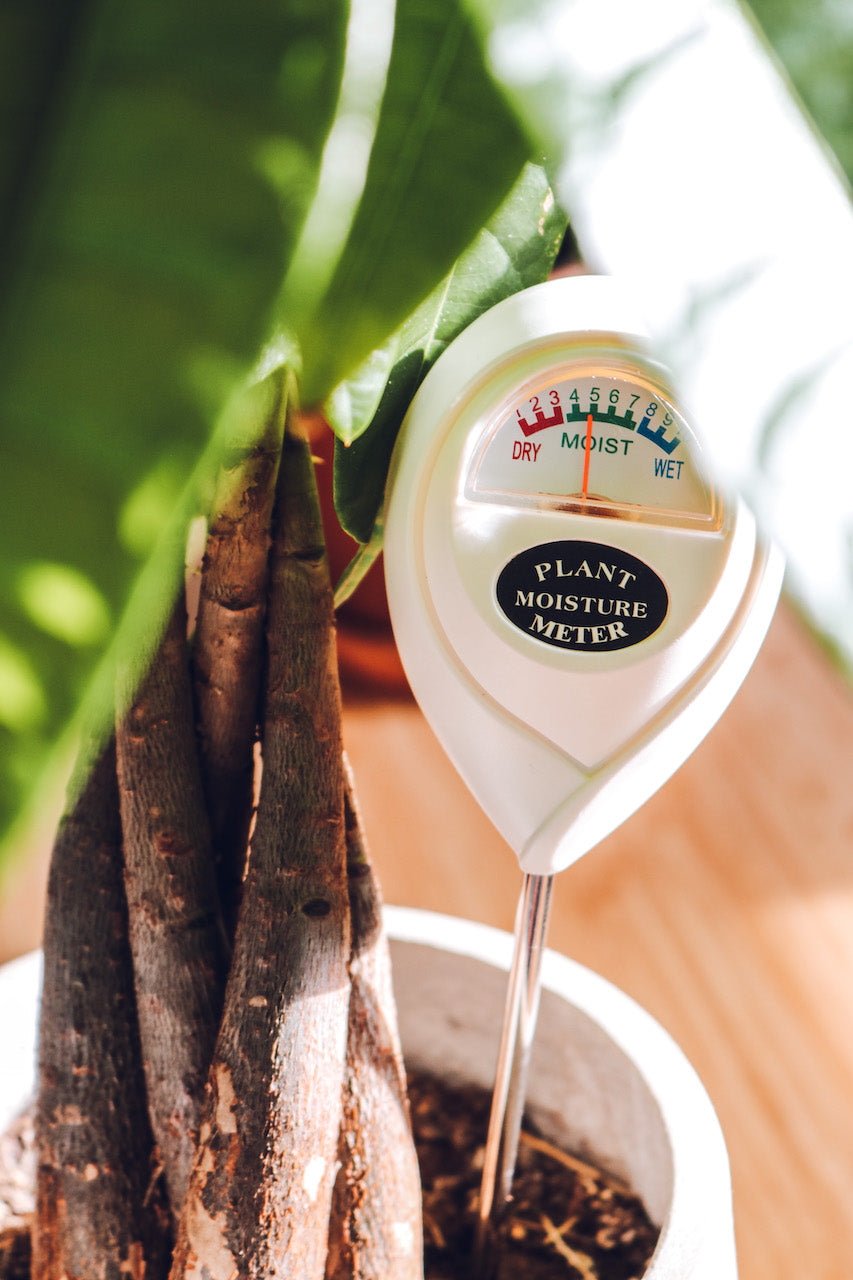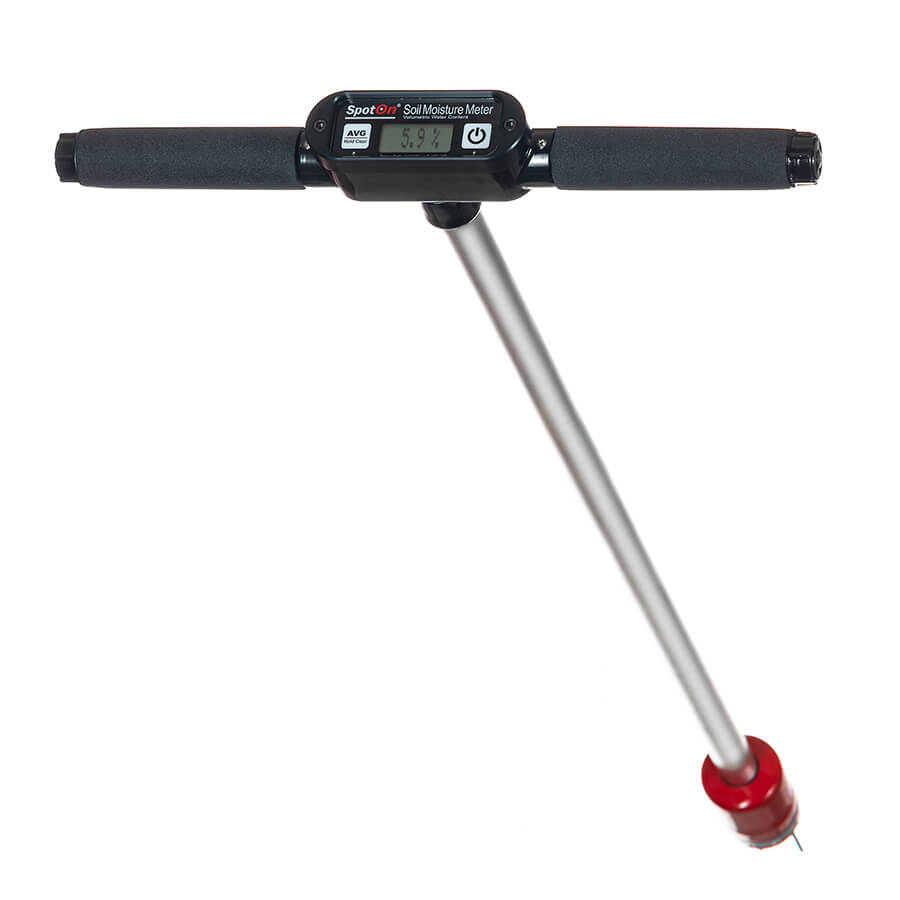The Ultimate Guide to Picking the Right Moisture Meter for Your Requirements
The Ultimate Guide to Picking the Right Moisture Meter for Your Requirements
Blog Article
The Ultimate Guide to Dampness Meters: A Comprehensive Summary and Exactly How They Can Save You Cash
In the world of structure maintenance, building, and numerous industries, the relevance of accurately measuring wetness degrees can not be overstated. Moisture meters work as vital devices in finding and monitoring moisture web content in materials, assisting in protecting against pricey damages and making sure the high quality of products. Understanding the nuances of different kinds of wetness meters, their applications, and the possible cost-saving advantages they use can be a game-changer for businesses and specialists alike. Discovering just how these tools can not just simplify processes but likewise add to monetary cost savings is a journey worth getting started on.
Kinds of Wetness Meters
One typical kind is the pin-type dampness meter, which determines the electric resistance in between two pins inserted into a material. Pinless moisture meters, on the various other hand, usage electromagnetic sensing unit plates to check a bigger location without triggering damages to the product's surface.

Infrared wetness meters determine the thermal homes of a material to establish its dampness content non-invasively, making them useful for applications where pin or pinless meters may not be suitable. Comprehending the different kinds of dampness meters readily available can assist sectors select the most appropriate device for their specific wetness measurement requirements.

Advantages of Using Wetness Meters
Moisture meters offer invaluable benefits in properly checking and analyzing moisture degrees in diverse products and environments (Moisture Meter). One of the primary advantages of using wetness meters is the prevention of prospective damage caused by excess moisture. By finding and resolving high moisture levels early on, dampness meters aid to avoid mold growth, rot, and structural damages in structures, conserving both money and time on repairs. Furthermore, dampness meters help in making certain the top quality of materials during construction or production processes. By properly gauging moisture content, these devices aid preserve the integrity of timber, drywall, concrete, and various other products, lowering the risk of failures or issues.
Furthermore, making use of dampness meters can result in boosted energy efficiency. By identifying areas with high dampness degrees, such as leaks or inadequate insulation, modifications can be made to improve power preservation and reduce energy costs. In agricultural setups, wetness meters play a vital duty in maximizing crop yields by allowing farmers to monitor soil wetness degrees and make educated irrigation choices. Overall, the advantages of making use of dampness meters extend across different industries, providing cost-efficient remedies and promoting far better top quality control practices.
Exactly How to Select the Right Dampness Meter
Picking the proper wetness meter entails thinking about crucial variables such as material compatibility, measurement range, and calibration accuracy. When choosing a moisture meter, it's necessary to ensure that the meter is suitable for the specific product you will certainly be screening. Different products have differing electric residential or commercial properties that can affect dampness analyses, so picking a meter created for your product is crucial for exact results. Furthermore, take into consideration the measurement series of the wetness meter. Ensure that the meter can find wetness levels within the variety required for your applications. Calibration precision is one more crucial aspect to maintain in mind. Select a wetness meter with reputable calibration to make sure consistent and specific analyses. Some meters may need regular calibration adjustments, so recognizing the calibration process is vital. Discover More Here By meticulously evaluating these factors, you can choose a moisture meter that meets your demands and gives exact moisture measurements for your jobs.
Proper Techniques for Dampness Meter Usage

Expense Financial Savings Via Dampness Meter Applications
Exactly how can the calculated utilization of dampness meters cause substantial price savings across different industries? Wetness meters play a critical function in cost savings by protecting against prospective damage and guaranteeing high quality control in different markets. In the agriculture industry, dampness meters help in figuring out the optimal time for harvesting crops, preventing excess or over-drying moisture that can influence the final product's high quality. This accurate surveillance aids farmers prevent unneeded losses and optimize their return.
Likewise, in building and construction, wetness meters help avoid costly damages by spotting moisture levels in building materials, such as timber or concrete, which can cause architectural issues otherwise attended to without delay. By determining problem areas click to read early on, contractors can take rehabilitative steps to stay clear of comprehensive repair work or substitutes, ultimately saving time and cash.
In addition, in the food processing industry, dampness meters are vital for monitoring product top quality and making certain compliance with security policies. By accurately gauging wetness content in food items, suppliers can avoid perishing, keep freshness, and lower waste, leading to substantial price savings. Overall, the strategic application of dampness meters is an important investment that can result in substantial expense reductions and enhanced performance across various industries.
Conclusion
In conclusion, wetness meters are beneficial devices for spotting and determining wetness degrees in various materials. By making use of the appropriate dampness meter and complying with appropriate methods, users can successfully prevent costly problems triggered by excess dampness.
Wetness meters serve as essential devices in spotting and keeping track of moisture material in products, assisting in avoiding costly problems and making certain the top quality of products. Infrared moisture meters gauge the thermal buildings of a material to establish its moisture web content non-invasively, making them beneficial for applications where pin or pinless meters may not be suitable.Wetness meters use very useful benefits in properly keeping track of and analyzing moisture degrees in diverse materials and settings. In farming settings, moisture meters play a critical duty in optimizing plant yields by enabling farmers to monitor soil dampness degrees and make notified watering decisions.In conclusion, moisture meters are valuable tools for determining and discovering dampness levels in different materials.
Report this page